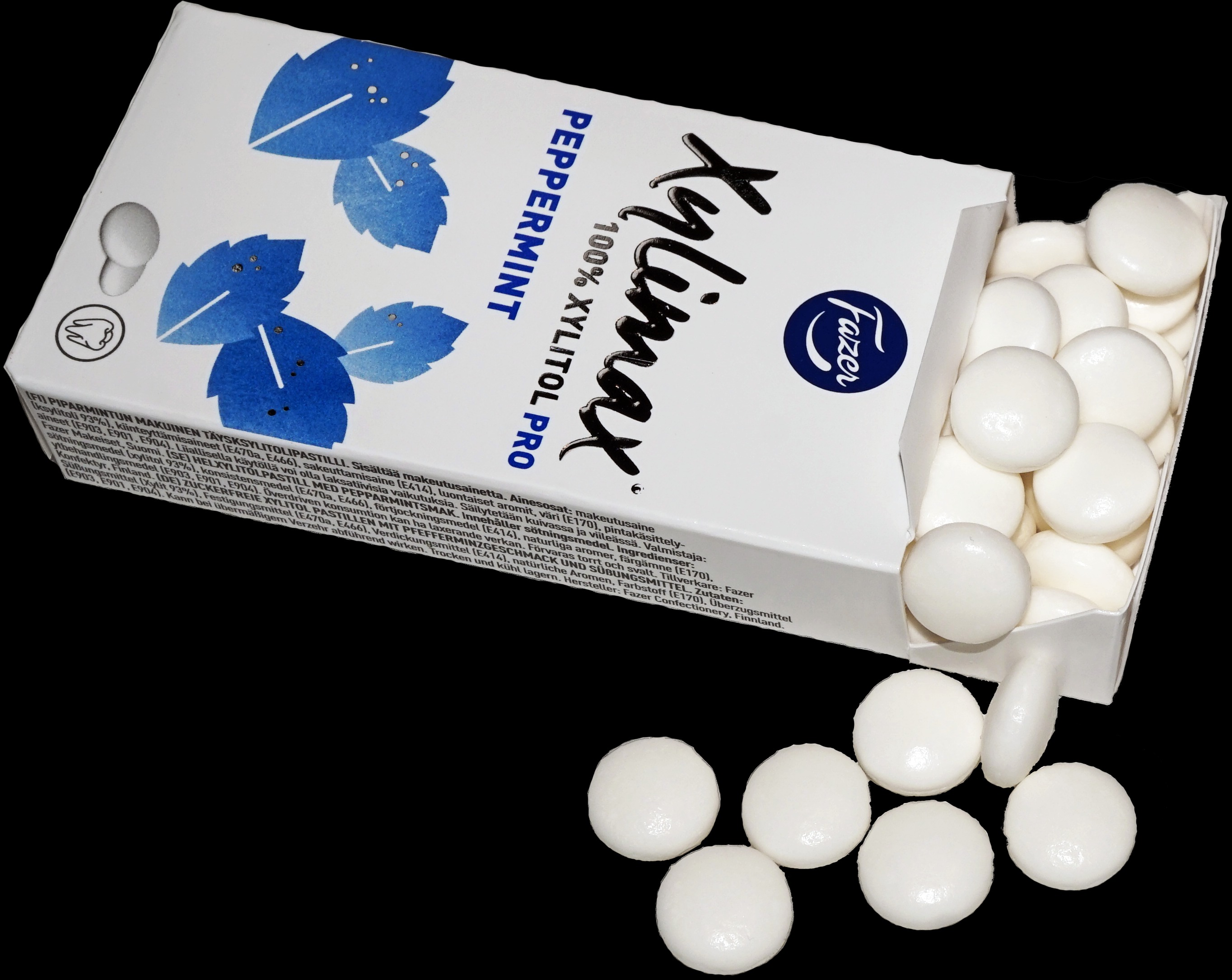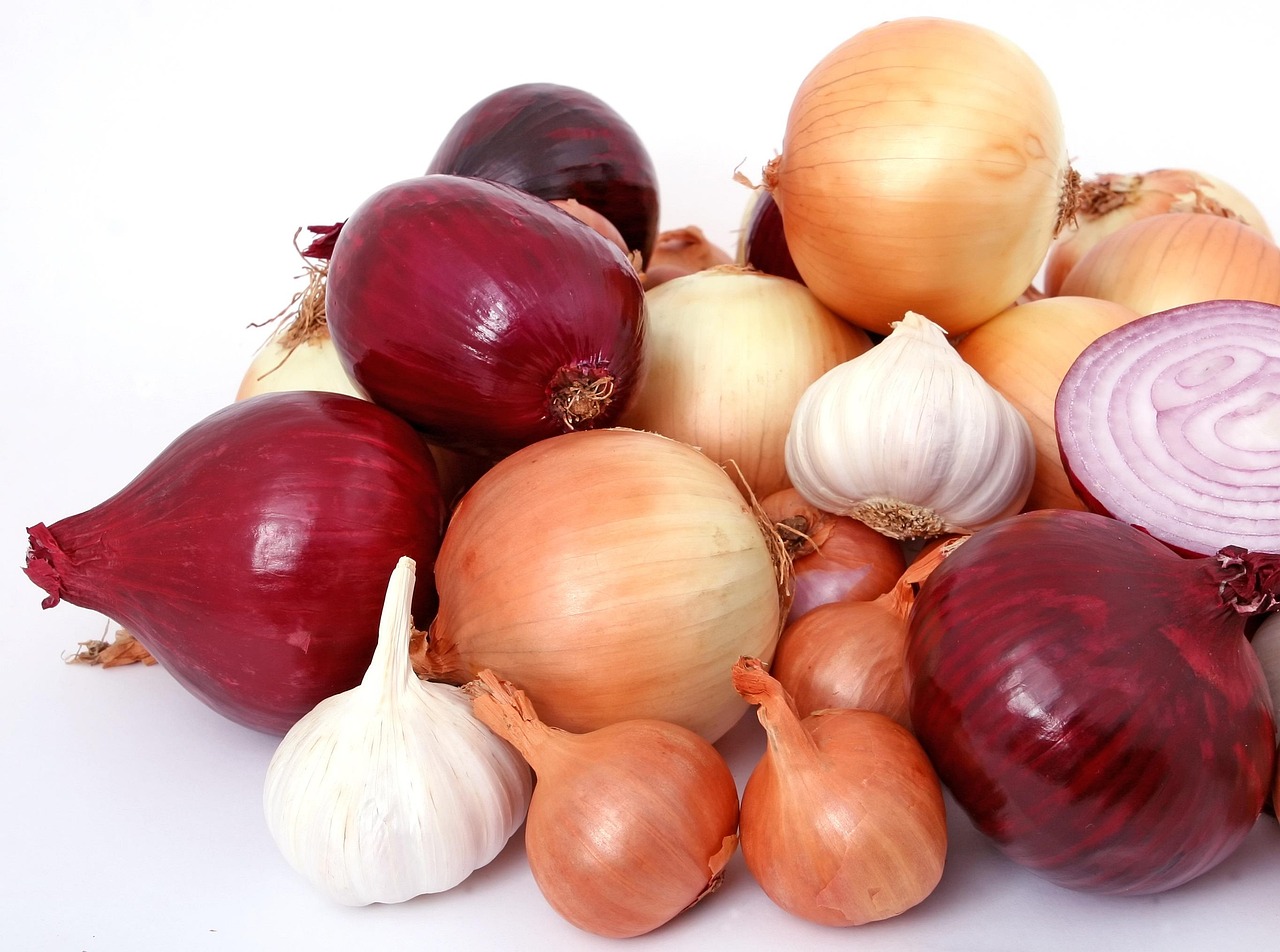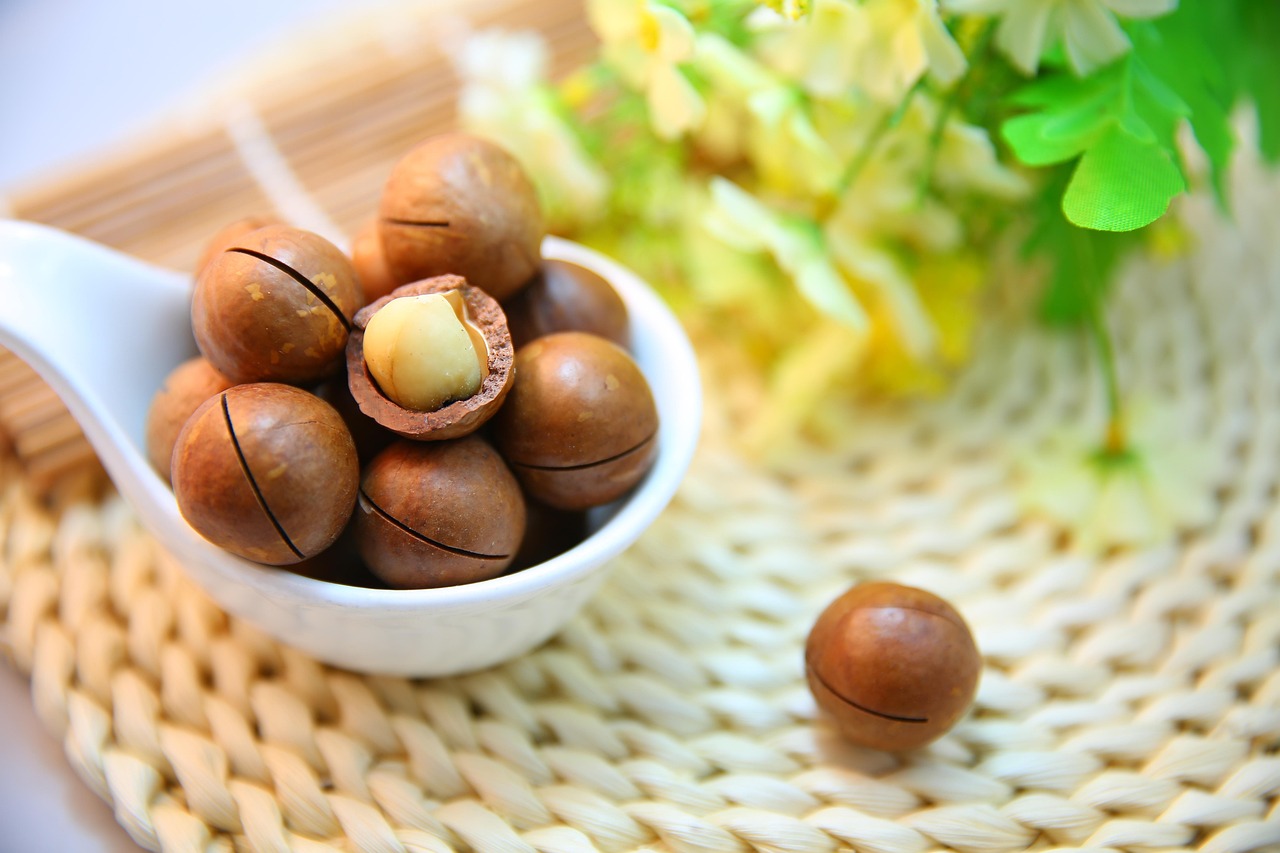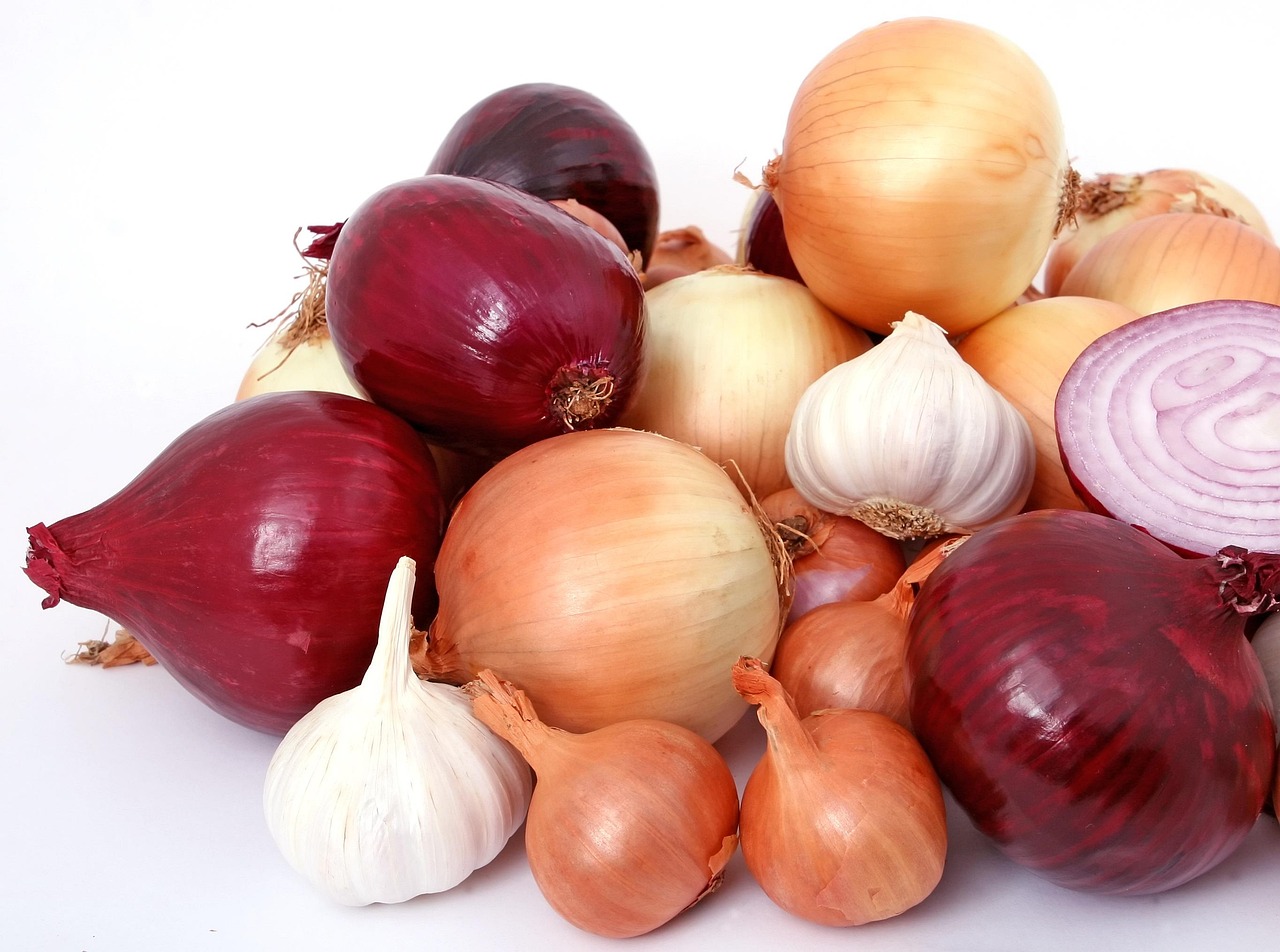- What Earth’s Magnetic Field Has to Do With Climate History - October 7, 2025
- The Science Behind Heat Domes and Their Growing Impact - October 7, 2025
- What Ancient Lake Beds Teach Us About Past Rainfall Patterns - October 6, 2025
Dark Chocolate: The Hidden Danger in Your Pantry

Most dog owners know chocolate is bad for their furry friends, but many don’t realize just how dangerous it can be. Even small amounts can be lethal – for milk chocolate, approximately 62 grams per kilogram of body weight is potentially fatal to dogs, while unsweetened baking chocolate requires far less to cause serious harm. What makes chocolate so deadly is a compound called theobromine, which dogs metabolize incredibly slowly compared to humans.
The half-life of theobromine in dogs is 17.5 hours, compared to just 4.5 hours for caffeine. This means the toxic effects linger much longer in their system. Symptoms can take up to 24 hours to appear and recovery can take up to three days. The darker the chocolate, the more dangerous it becomes – as little as 0.1 ounces of unsweetened baking chocolate per pound of body weight may be lethal.
Grapes and Raisins: One Bite Can Be Fatal

Here’s something that might shock you: even one raisin can make your dog very sick or lead to sudden kidney failure. Unlike many other toxic foods where the dose makes the poison, grapes and raisins are unpredictable killers. The lowest reported dosage to cause acute kidney injury is 19.6 grams per kilogram for grapes and just 2.8 grams per kilogram for raisins.
What’s particularly terrifying is that scientists still don’t know exactly why these fruits are toxic. More recently, tartaric acid has been proposed as the culprit, which is present in the fruit and may differ in concentration depending on the ripeness of the grape. The symptoms start innocent enough – vomiting within the first day – but kidney damage begins within 24-48 hours, often after acute kidney injury has already started.
Xylitol: The Sugar Substitute That’s Anything But Sweet

Even small amounts of xylitol can cause hypoglycemia, seizures, liver failure, or even death in dogs. This artificial sweetener, found in everything from sugar-free gum to peanut butter, is becoming increasingly common in household products. What makes xylitol so dangerous is how quickly it acts – it causes a profound drop in blood sugar as soon as 30 minutes to 2 hours after ingestion.
The liver damage aspect is particularly concerning. Dogs ingesting xylitol at doses greater than 500 mg per kilogram may develop severe hepatic insufficiency or failure. Hypoglycemia may be seen with ingestions of just 0.1 grams per kilogram of body weight, while hepatic necrosis occurs at 0.5 grams per kilogram. For context, a single piece of sugar-free gum can contain enough xylitol to poison a small dog.
Onions and Garlic: The Slow-Acting Killers

These kitchen staples might seem harmless, but they’re actually hemolytic agents that destroy red blood cells. The compounds responsible – including N-propyl disulfide – attack your dog’s blood cells systematically. Unlike other toxins that cause immediate symptoms, onion and garlic poisoning can be insidious, developing over days or weeks of exposure.
Even small amounts can be dangerous when consumed regularly. Dogs can develop anemia symptoms like pale gums, weakness, and dark-colored urine. The scary part is that many commercial dog foods and treats contain garlic or onion powder, making it possible for dogs to receive chronic low-level exposure without owners realizing it. All members of the allium family – including shallots, chives, and leeks – pose similar risks.
Macadamia Nuts: The Mystery Toxin

A dog can show symptoms from eating as little as one-tenth of an ounce per roughly 2 pounds of body weight. Scientists still don’t know exactly what in macadamia nuts causes toxicity, but dogs have developed clinical signs after ingesting macadamia nuts at just 2.4 grams per kilogram of body weight. The symptoms are distinctive and often dramatic.
Clinical signs include weakness, depression, vomiting, ataxia, tremor, hyperthermia, abdominal pain, lameness, stiffness, and pale mucous membranes, with onset typically occurring within 12 hours in nearly 80% of cases. Signs progress to incoordination, reluctance to use the rear limbs, inability to stand, joint stiffness, and muscle tremors approximately 6 to 12 hours after ingestion. While rarely fatal, the effects can be distressing for both dog and owner.
Raw Bread Dough: The Expanding Threat

Raw bread dough might seem innocent, but it’s actually a double threat to dogs. The yeast continues to ferment in the warm, moist environment of your dog’s stomach, causing two serious problems simultaneously. First, the dough expands, potentially causing dangerous gastric bloat that can be life-threatening. Second, the fermenting yeast produces ethanol, essentially giving your dog alcohol poisoning.
The alcohol produced can cause disorientation, difficulty breathing, tremors, and even coma. Meanwhile, the expanding dough can cause severe stomach distension, potentially requiring emergency surgery. Dogs have died from eating raw bread dough, making this seemingly harmless kitchen staple surprisingly dangerous. The combination of mechanical obstruction and alcohol toxicity makes this a veterinary emergency requiring immediate attention.

